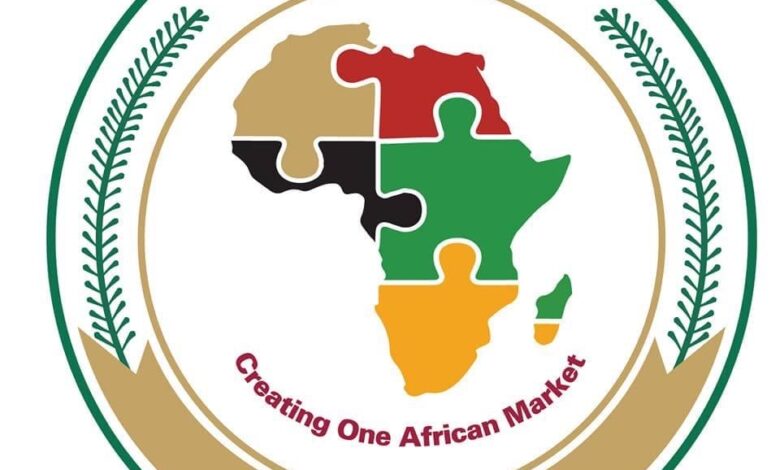Unlocking Economic Growth: The Blueprint of AfCFTA and its Benefits for Zimbabwe

Also, the African Continental Free Trade Area (AfCFTA) is a landmark economic agreement. It aims to create a single, unified market for the entire African continent. Additionally, at the heart of this agreement is the blueprint of AfCFTA. It outlines the framework for implementing the free trade area. In this article, we will explore it and how it will benefit Zimbabwe.
Understanding the Blueprint of AfCFTA
Additionally, the blueprint of AfCFTA’s base is on seven key pillars. These include the creation of a single market, the elimination of tariffs and non-tariff barriers. It also includes the establishment of a dispute settlement mechanism. According to the African Union, the blueprint of AfCFTA aims to promote economic integration, increase trade, and improve competitiveness among African countries (African Union, 2020).
Boosting Intra-African Trade: A Key Component of the Blueprint of AfCFTA
Furthermore, one of the key objectives of the blueprint of AfCFTA is to boost intra-African trade. Currently, intra-African trade accounts for only 15% of total African trade, compared to 60% in Asia and 40% in Europe. However, with the implementation of the blueprint, intra-African trade is expected to increase significantly. According to the United Nations Economic Commission for Africa (UNECA), the AfCFTA has the potential to increase intra-African trade by 52%.
Zimbabwe’s Economy: How the Blueprint Will Benefit
Moreover, Zimbabwe is one of the countries that will benefit significantly from the blueprint of AfCFTA. With its rich natural resources, skilled workforce, and strategic location, Zimbabwe is well-positioned to take advantage of the opportunities presented by the AfCFTA.
Improving Competitiveness: A Key Challenge for Zimbabwe
Also, while the blueprint presents significant opportunities for Zimbabwe, there are also challenges that need to be addressed. One of the key challenges is improving competitiveness. Zimbabwe’s economy has been facing significant challenges in recent years. This includes a decline in manufacturing capacity and a lack of competitiveness. However, with the implementation of the blueprint, Zimbabwe has the opportunity to improve its competitiveness. It can also take advantage of the opportunities presented by the AfCFTA.
Conclusion: Unlocking Economic Growth through the Blueprint of AfCFTA
In conclusion, the blueprint presents significant opportunities for economic growth and development in Zimbabwe. With its focus on boosting intra-African trade, improving competitiveness, and increasing investment, the blueprint has the potential to transform Zimbabwe’s economy. As the country continues to implement the blueprint, it is likely that Zimbabwe will experience significant economic growth and development




